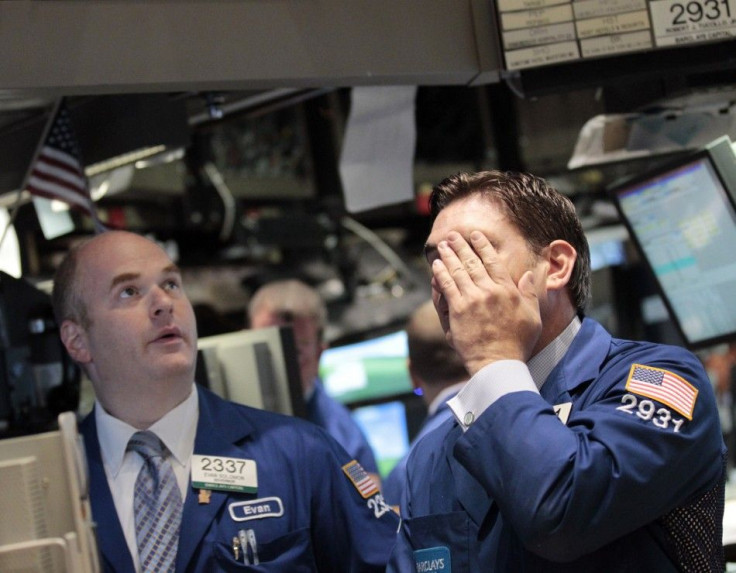U.S. Stocks Sell-off Gets Ugly, Obama?s Words Offer Little Comfort

The sell-off in the U.S. stock market is getting ugly.
The S&P 500 is now down 56.82 points, or 4.74 percent, to trade at 1,142.56 at 3:14 p.m. ET. The Dow Jones Industrial Average plunged 421.79 points, or 3.69 percent, to trade at 11,022.82. The NASDAQ Composite fell 4.91 percent.
At one point, the Dow fell more than 5 percent and was down more than 500 points.
Monday was the first session that the market had to react to Standard and Poor's historic downgrade of U.S. debt. Moody's, meanwhile, sounded caution about the sterling-AAA ratings it still gives to the U.S.
Nearing the close of the U.S. session, things look ugly. The S&P 500 is en route to close down at least 3 percent, Germany's DAX closed down 5.02 percent, and Japan's Nikkei 225 fell 2.18 percent.
President Barack Obama tried to brush off S&P's move, asserting that the U.S. has "always been and always will be a AAA country." He said the downgrade is more a commentary on Washington's "lack of political will" rather the fundamental ability of the U.S. to pay back its debt.
The U.S. Treasury, meanwhile, claims that S&P made a colossal mistake in its mathematical calculations but went ahead with its downgrade anyway.
Still, despite the pleading and protest of the U.S. government, the market is taking little notice.
Ironically, U.S. Treasuries rallied on Monday as investors fled to safe-haven assets, which indicates that the U.S hasn't totally lost the confidence of investors.
Still, if the U.S. is further downgraded (by other ratings agencies or by one more notch by S&P) and investors begin to seriously doubt the creditworthiness of the U.S. government, interest rates could soar across the board and the U.S. economy could falter.
© Copyright IBTimes 2024. All rights reserved.











